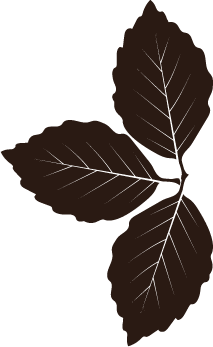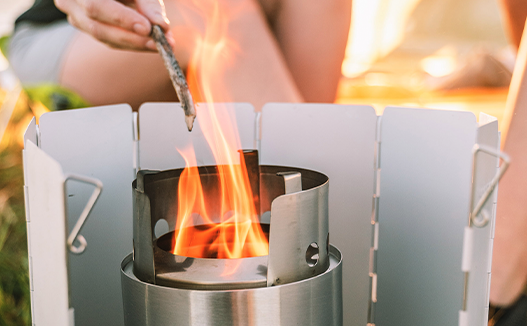
FUEL SOURCES
Planning on taking your camping stove on a hike? Use these fuel sources
along the way:

PINE NEEDLES
Pine needles are great fire starters. Be careful if you’re lighting a fire near a bed of these little guys, they’ll spark right up! When pine needles are lit they will produce smoke, so use these to start a fire, or a signal, not to keep your fire lit.


DRY LEAVES, WEEDS, AND GRASS
Dry leaves, weeds, and grass will make a great addition to your bed of kindling. Their flames won’t last long once they’re lit, but they’ll help get the party started all the same.


PINECONES
Pinecones are excellent kindling, and will keep a fire lit for a few minutes. Plus, there are probably tons of them lying around wishing they could do something cool.


SPARE STICKS AND TWIGS
Spare sticks and twigs will be your stove’s best friend on an adventure. They’re easy to gather, and will keep a fire lit for a few minutes each. Fallen branches are even better, and can be cut down to skinny fire logs.

TREE BARK
Tree bark is a great form of found fuel on an adventure. Here are some different types and what you might use them for:

OAK
Good for sustaining longer burns. Identify an oak by looking for hard, grey, scaly bark.


PAPER BIRCH
The best bark to use as a fire starter. Identify one by its white bark that peels like paper.


HICKORY
A hard wood that can burn for a while. Hickories are known for their vertical bark that peels easily when old.

THINGS TO AVOID
These plants will not only harm your skin when touched, they’ll also release noxious fumes when burned. Avoid them at all costs!

POISON IVY
Identified by its clusters of three leaves, attaches itself to trees.


POISON SUMAC
Identified by long leaves, growing in single wine-colored sections.


POISON OAK
Identified by round fuzzy leaves, growing in clusters of three.


